What Is Co-brand Marketing
According to the 2021 Global Fashion IP White Paper, more than 130,000 cobranded products were released in 2019. With unprecedented outbreak in recent years, cobranding has become a magic formula. So, what is cobranding?
 According to Will Kenton, commonly cobranding is a marketing strategy that utilizes multiple brand names on a good or service as part of a strategic alliance. Co-branding encompasses several different branding collaborations, typically involving the brands from at least two companies. Each brand in such a strategic alliance contributes its own identity to create a co-brand with the help of unique logos (usually), brand identifiers, and color schemes. Co-branding combines the market strength, brand awareness, and reputation of two or more brands. It can also make a product less susceptible to be copied by private-label competition.
According to Will Kenton, commonly cobranding is a marketing strategy that utilizes multiple brand names on a good or service as part of a strategic alliance. Co-branding encompasses several different branding collaborations, typically involving the brands from at least two companies. Each brand in such a strategic alliance contributes its own identity to create a co-brand with the help of unique logos (usually), brand identifiers, and color schemes. Co-branding combines the market strength, brand awareness, and reputation of two or more brands. It can also make a product less susceptible to be copied by private-label competition.
Although the co-brand generally has limited edition and time on the shelf, this marketing strategy is favored by many enterprises since it helps realize the superposition of brand effect and thus rapidly enhances brand traffic.
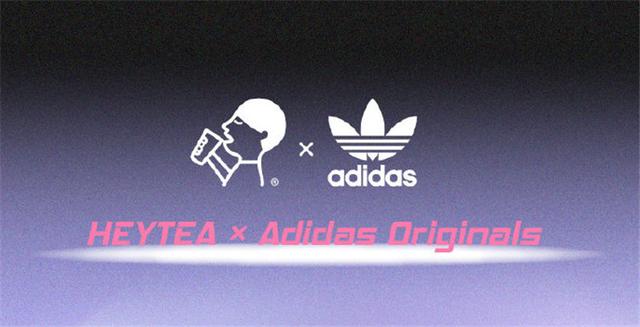
Heytea X Adidas
With the fast development of brand associations, there are new trends of co-branding. As certain symbols can attract people in the same subculture circles, the subjects of co-branding are not limited to brands but may also the artists, celebrities, and IP. Based on the different co-branding subjects, there were the cross-filed brand cooperation, and even brand cooperation between competitors (like Swatch and Omega).
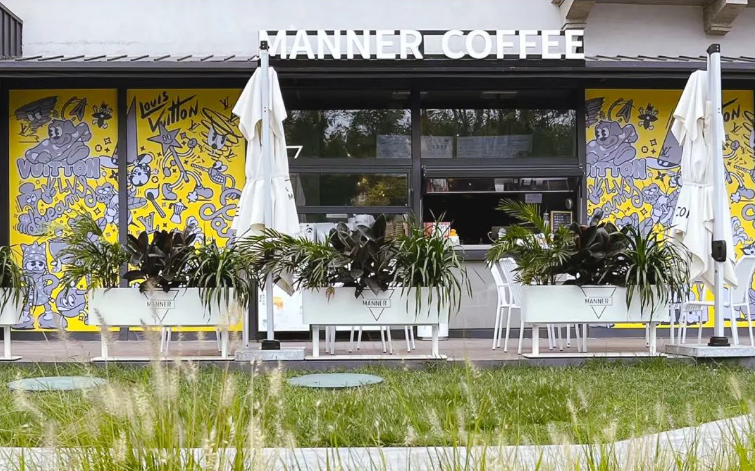
Manner X Louise Vuitton Theme Shop
Cobranding can be roughly classified into four major categories from a strategy perspective by Will Kenton:
1. Market penetration strategy: A conservative strategy that seeks to preserve the existing market share and brand names of two partnered or merged firms.
2. Global brand strategy: Seeking to serve all customers with a single, existing global cobrand.
3. Brand reinforcement strategy: Exemplified by the use of a new brand name.
4. Brand extension strategy: Making a new cobranded name to be used only in a new market.
What Can Co-branding Do?
Co-branding is generally designed to increase customer awareness, customer bases, customer loyalty, revenue streams, market share, brand image, and perceived value. Turn to the most common scenarios, cobranding can provide the following three functions:
(1) Creating marketing topics and improving brand awareness.
(2) Expanding market share and promoting sales
(3) Consolidating brand image and enhancing brand vitality
As a double-edged sword, the cobranded product has more limited audience than a broad, single-name corporate product. Companies must consider whether cobranding can yield benefits or if it would alienate customers accustomed to a single name with a familiar product identity. The co-branding partners should be chosen with cautiousness. As much as a company can benefit from the relationship with another brand, there can also be risks.

Heytea X Durex a famous failure
Notes: The co-branding of Heytea and Durex suffered negative impact due to the sexual innuendoes in its advertisement.
Why Does Co-branded Coffee Perform Well?
Co-branding with food generated remarkable profit and became the first choice of most cross-field co-brand marketing. From the consumer perspective under 4C model framework, coffee market has the following advantages.
Consumer The core population of the brand and the target customers highly overlap with the coffee population. Coffee has high popularity due to is refreshing effect and the "bourgeois temperament", which is readily accepted by consumers. | Cost For consumers, cobranded brands can provide them with additional experience. In most cases, consumers do not need to pay for the extra experience. |
Convenience SOP production process is easy to be built for coffee. | Communication Due to the social function of coffee, consumers are not only the brand's audience but also the communicators of coffee-cobranded marketing. |

Luckin Coffee’s Cobrand Marketing in 2022
From the brand perspective, co-branding with food is also attractive. According to Talking Data's analysis, there are more female coffee consumers than male coffee consumers with higher consumption power. About 50% of coffee consumers are 90s generation, among which Z generation accounts for over 30%. Around 30% of coffee consumers are middle-aged people over 40 years old. They are widely distributed in first-tier cities with strong consumption ability. 2020-2025 Coffee Industry Analysis Report from Qianzhan Industry Research Institute indicated that coffee consumers are mainly white-collar aged 20 to 40. They choose coffee as a daily drink and consume 326 cups per person yearly.
As iResearch's analysis, Gen Z consumers believe that paying for the product they like is an expression of recognition and consumption helps them maintain social relationships. Coffee can act as 'social currency' well in the daily life of white collars.
In general, coffee perfectly meets the basic requirements of co-branding due to its social attributes, strong brand suitability, broad target customer groups, and potential market.
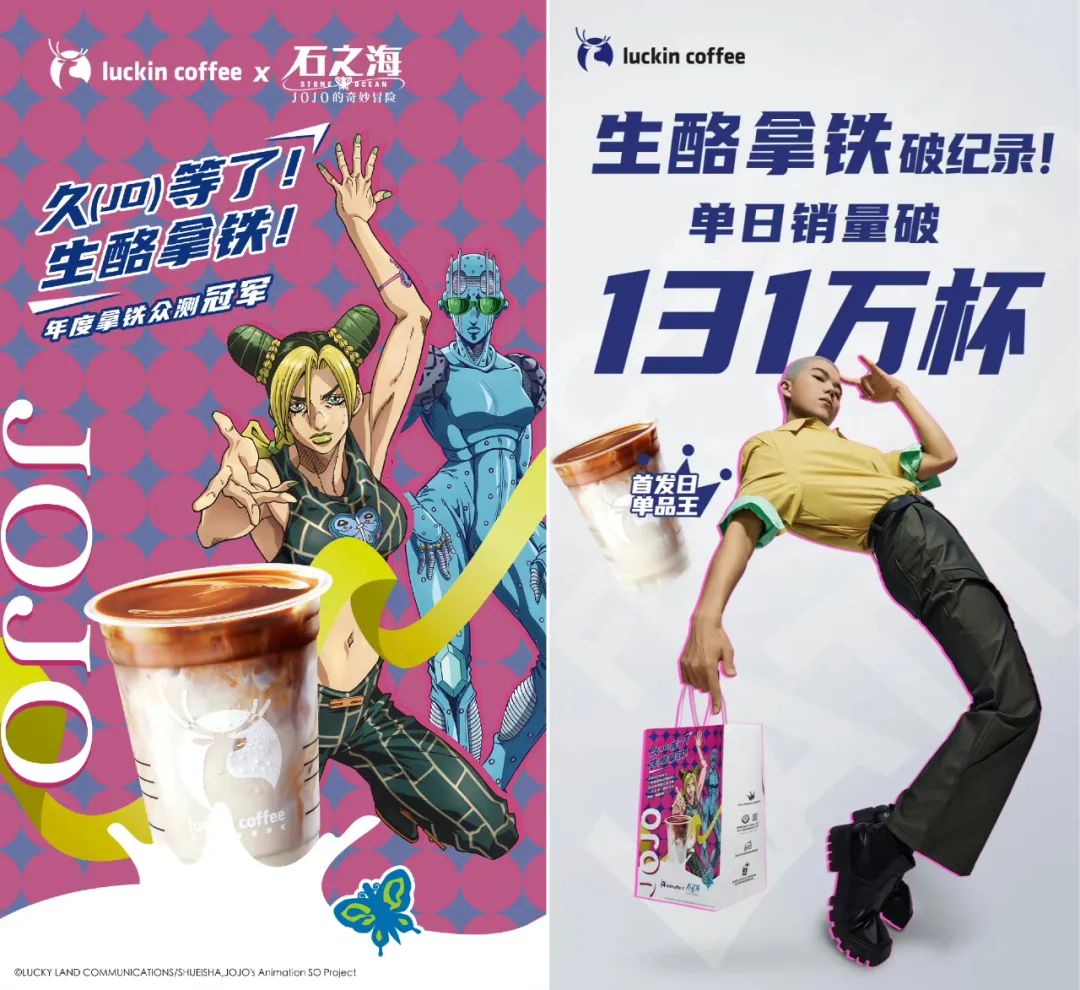
Luckin Coffee X JoJo's Bizarre Adventure first-day sales achieved 1.31 million cups
Case Study: The Success of Manner Coffee's Co-branding strategy
On June 23, Manner and Helena Rubinstein (HR) launched the summer limited co-branded matcha latte "One cup for youth back". Manner's delicate and chic positioning, low unit price, as well as the broad and overlapping target customers drove HR to participate in the co-branding.
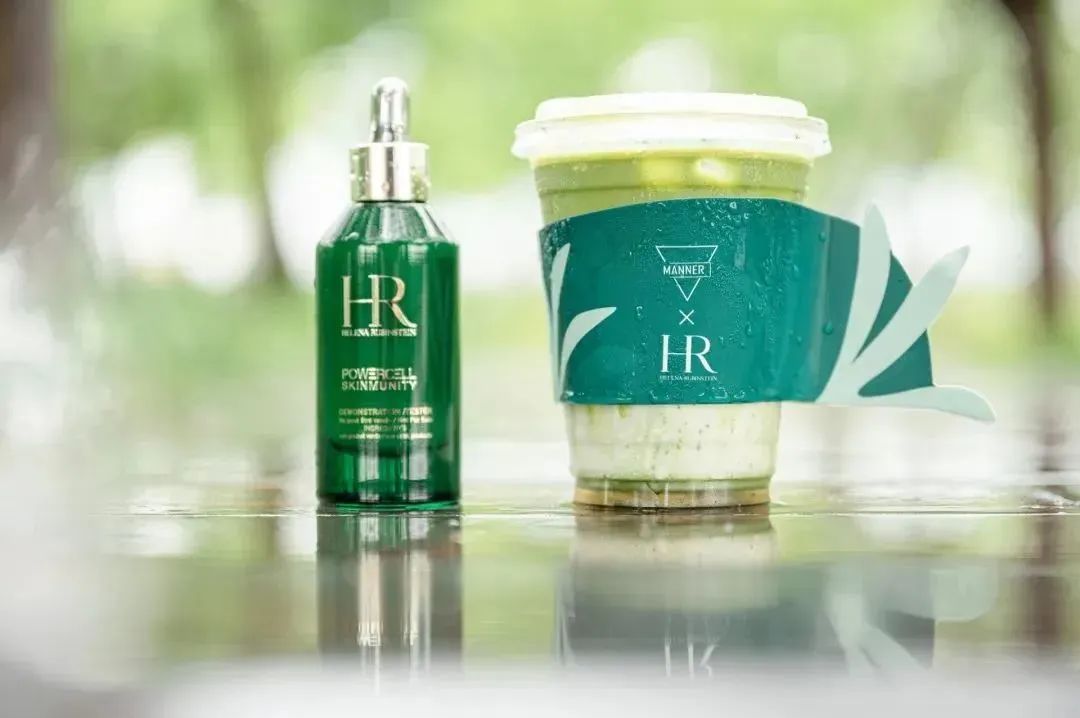
Manner X Helena Rubinstein “One cup of youth back”
As a boutique coffee brand established in 2015, Manner needs more marketing activities to support the high perceived value and maintain its chic positioning. The co-branding can help spread brand awareness to unreached customers with a cup of coffee between 20-30 yuan. For HR, its main product Powercell Skinmunity Serum has a strong demand for incremental customer expansion through a more divergent way. As Manner was experienced in cobranding marketing through several successful cobranding cases, the cooperation is more safe for HR. Based on statistics result, HR's Wechat Index increased by 2123.3% on the first day of the co-brand marketing activities.
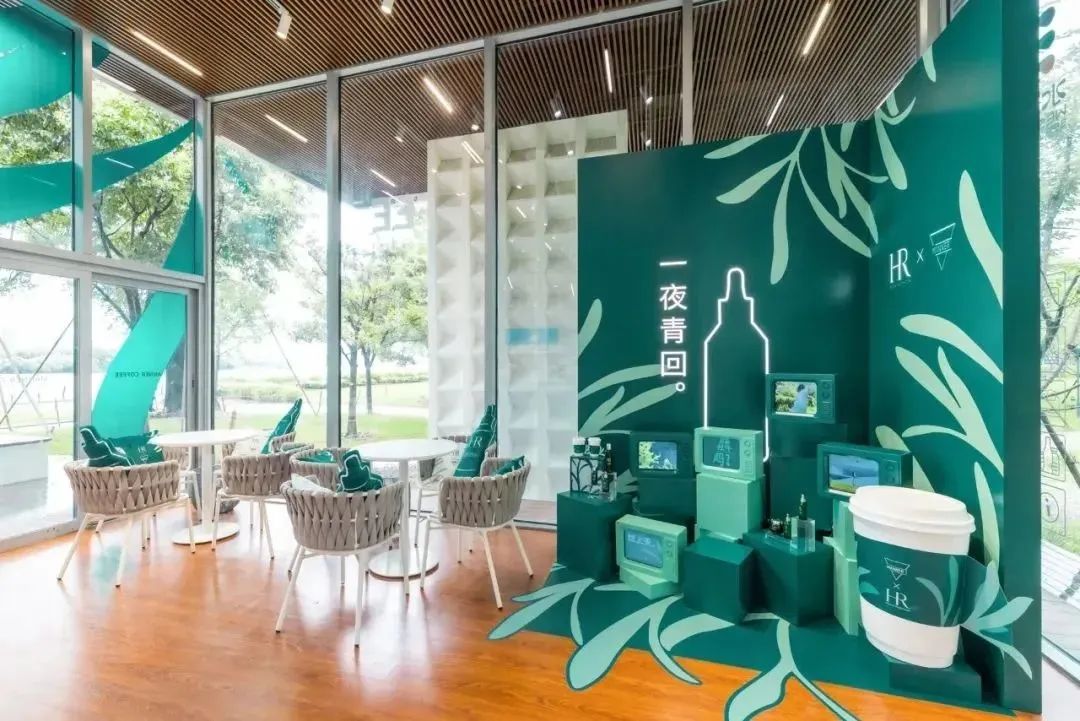
Manner X HR Theme Shops
From the customers' perspective, Manner keeps telling a story about how to make coffee as a part of life. From underwear brand "Neiwai," car brand "NIO," sports brand "Allbirds," and niche perfume brand "Beast" to HR, Manner has always been based on its precise brand positioning and target customer to convey the values of new lifestyle and attitude. According to the past cobranding activities by Manner, usually, the whole co-branding consists of four parts.
1. New products: Drinks specially designed based on the co-branded theme (e.g., Manner × HR launched "One cup of youth back")

Manner X HR Coffee
2. Peripheral products: Series peripheral products such as cup covers, handbags, cups, and/or theme cards matching drinks (e.g., two customized coffee cups launched by Manner × Louise Vuitton)

Manner X Louise Vuitton Co-branding Coffee Cups
3. Offline stores: Theme shops based on the co-branding (e.g., Manner× Beast theme stores)

Manner X Beast Perfume Theme Store
4. Customer interaction: Stimulating consumer participation according to the cobranded theme (e.g., posting User Generated Content (UGC) on the Red Book)
Summary
The chic positioning with affordable price makes customers feel like something special on ordinary days. This emotional substitution and consumer’s empathy is one key to the success of the Manner’s co-branding. Clear brand values and positioning are the benchmarks of co-branding, determining whether the target consumer group and the co-brand’s concept match. Especially when the two parties of co-branding are not competitors, the correlation between the two brands will become the critical factor that triggers consumers' curiosity. Take the co-branding of Manner and Tesla as an example. The co-brand values of environmental protection and ecofriendly are the connection points of Manner and Tesla.

Manner X Tesla
In summary, Manner owns precise brand positioning, understanding of the target customers’ needs, and customer images. The consumption concept and lifestyle pursued by its customer can be deeply reflected in the brand value and co-brand marketing. That’s the magic formula for the success of manner’s cobranding. Note that, when cobranding products release indiscriminately, consumers’ attitude tend to be indifferent, which may lead to the failure of co-brand marketing strategy or even generate negative impact to brand image.













